امیری کردلاغری، رضوان (1403). بررسی تأثیر هوشمندسازی مدارس بر سواد ارتباطی و کیفیت تدریس معلمان (مطالعه موردی: معلمان مقطع متوسطه اول شهریاسوج). دومین کنگره جهانی یافته های نوین در سلامت علوم بهداشتی و علوم تربیتی، 2(6)، 87-102.
پوزیده، صالح (1401). بررسی رابطه راهبردهای یادگیری خودتنظیمی و مهارتهای ارتباطی با اضطراب امتحان دانشآموزان مدارس شهرستان قشم. پژوهش نامه اورمزد، (59).
جعفریهرندی، رضا؛ بهرامی، سوسن (1398). تأثیر اعتیاد اینترنتی، سلامت روانی و معنوی دانشجویان دانشگاه قم. علوم و فنون مدیریت اطلاعات، 5(1)، 32-27.
خبیری، فرید؛ کریمی، حمیدرضا؛ موسوی، میراسد؛ حسینی سریزدی، سیدسجاد (1402). تبیین ارتباط سواد ارتباطی و ارتباطی با ویژگی حرفهای معلمان مدارس ابتدایی. دهمین همایش ملی تازههای روانشناسی مثبت بندرعباس، 10(5)، 1-14.
خسروی، پرستو؛ پارسانژاد، مرضیه (1403). بررسی تأثیر رویکردهای آموزش مجازی عمومی بر ارتقاء سواد ارتباطی سایبری معلمان مدارس ابتدایی دخترانه منطقه ی ۴ شهر تهران. مجله مطالعات روانشناسی و علوم تربیتی، 7(77)، 20-39.
رنجبر، محسن؛ محمدی، انوشیروان (1403). بررسی تأثیر آموزش فناوری معلمان بر سواد ارتباطی و اهداف استفاده شده از شبکههای آموزشی. ماهنامه پایاشهر، 6(60)، 11-21.
کارگربیله سوار، سینا؛ تقی پور، عباس؛ بی کس، مهدی (1403). بررسی تأثیر آموزش مبتنی بر یادگیری ترکیبی بر پایه فناوری بر پیشرفت تحصیلی دانش آموزان ابتدایی در درس علوم. اولین کنفرانس بین المللی انقلاب علوم انسانی اسلامی ساری، 1(1)، 89-94.
ماهر اقدم، اسماء؛ آب روشنزوارق، مهسا؛ روشنایی هروان، زهرا (1402). بررسی اثربخشی سواد ارتباطی و ارتباطی بر مهارت و اخلاق حرفهای معلمان. پنجمین همایش ملی پژوهشهای حرفهای در روانشناسی و مشاوره با رویکرد از نگاه معلم، 5(2)، 89-104.
Abdi, J., Eftekhar, H., Mahmoodi, M., Shojayezadeh, D., Sadeghi, R., Saber, M., & Beglarineshat, E. (2015). The effect of theory and new communication technologies-based lifestyle intervention on the weight control of the employees with overweight and obesity. Iranian Journal of Health Education and Health Promotion, 3(3), 188-197.
Afshani, S., Mazidi sharafabadi, S., & Sadri, M. (2014). The Relationship Between Cultural Capital and Media Literacy among Youth in the City of Bafgh. Scientific Journal Management System, 19(43),145-64. https://doi.org/ 10.5455/aim.2014.22.393- 397
Ahmatoglu, E., & Acar, I.H. (2016). The correlates of Turkish preschool preservice teachers’ social competence, empathy, and communication skills. European Journal of Contemporary Education, 16 (2), 188-197.
Alam, A., & Mohanty, A. (2022). Foundation for the future of higher education or ‘misplaced optimism’? Being human in the age of artificial intelligence. In International Conference on Innovations in Intelligent Computing and Communications (pp. 17-29). Cham: Springer International Publishing.
Ali, M., & Abdel-Haq, M. (2021). Bibliographical analysis of artificial intelligence learning in Higher Education: Is the role of the human educator and educated a thing of the past? Fostering Communication and Learning with …, Query date: 2024-06-22 09:21:12.
Amrayi, F. (2021). The role of media communication and effective advertising in attracting sponsors for women's sports in Lorestan province. Third National Conference on Sports Communication: Communication Literacy and Media Literacy in Sports, Shiraz. (Persian).
Ariapooran, S. (2016). Comparing the emotion expression, emotional literacy and social self-efficacy in children with and without learning disabilities. Journal of Learning Disabilities, 5(2), 7-26.
Bailey, D., Almusharraf, N., & Hatcher, R. (2021). Finding satisfaction: Intrinsic motivation for synchronous and asynchronous communication in the online language learning context. Education and Information Technologies, 26(3), 2563-2583.
Blau, I., Shamir-Inbal, T., & Avdiel, O. (2020). How does the pedagogical design of a technology-enhanced collaborative academic course promote digital literacies, self-regulation, and perceived learning of students?. The internet and higher education, 45, 100722.
Blau, I., Shamir‐Inbal, T., & Hadad, S. (2020). Digital collaborative learning in elementary and middle schools as a function of individualistic and collectivistic culture: The role of ICT coordinators' leadership experience, students' collaboration skills, and sustainability. Journal of computer assisted learning, 36(5), 672-687.
Blikstad-Balas, M., & Klette, K. (2020). Still a long way to go: Narrow and transmissive use of technology in the classroom. Nordic journal of digital literacy, 15(1), 55-68.
Canfield, K. N., Menezes, S., Matsuda, S. B., Moore, A., Mosley Austin, A. N., Dewsbury, B. M., ... & Taylor, C. (2020). Science communication demands a critical approach that centers inclusion, equity, and intersectionality. Frontiers in Communication, 5, 2.
Charoghchian Khorasani, E., & Vahedian-Shahroodi, M. (2018). Risk perception, public health and risk communication. Journal of Health Literacy, 3(2), 77-81.
East, M. (2015). Taking communication to task again: What difference does a decade make? The Language Learning Journal, 43 (1), 1-12.
Ferguson, R. B. (2015). Multimodal literacy as a form communication. Bachelor Thesis. Sweden: Dalarna University.
Ghasemi, H. & Rasekh, N. (2020). Identifying Dimension of Communication Literacy: Thematic Analysis Approach. Journal of Health Literacy. 4(4), 18-29.
Gibson, J. L., Newbury, D. F., Durkin, K., Pickles, A., Conti-Ramsden, G., & Toseeb, U. (2021). Pathways from the early language and communication environment to literacy outcomes at the end of primary school: The roles of language development and social development. Oxford Review of Education, 47(2), 260-283.
Gouseti, A., Abbott, D., Burden, K., & Jeffrey, S. (2020). Adopting the use of a legacy digital artefact in formal educational settings: opportunities and challenges. Technol. Pedagogy Educ, 29, 613–629.
Greter, S., & Yadav, A. (2016). Computational thinking and media & information literacy: An integrated approach to teaching twenty first century skills. TechTrends, 60, 510-516.
Harris, A., & Hua, Z. (2015). Communication is key: A study of the development of communication key skills in China. English in Education, 49 (2), 167- 187.
Hasanzadeh, M. (2015). Personality, Family Communication Patterns and Assertive Behavior in Students. Educational Psychology, 11(37), 103-117.
Jewitt, C., Bezemer, J., & O’Halloran, K. (2016). Introducing Multimodality. London: Routledge.
Johler, M., Krumsvik, R. J., Bugge, H. E., & Helgevold, N. (2022). Teachers’ perceptions of their role and classroom management practices in a technology rich primary school classroom. In Frontiers in Education (Vol. 7, p. 841385). Frontiers Media SA.
Kaburise, P. (2016). Improving soft skills and communication in response to youth unemployment. International Journal of African Renaissance Studies Multi-, Inter and Transdisciplinary, 11 (2), 87-101.
Kidd, D., & Castano, E. (2017). Different stories: How levels of familiarity with literary and genre fiction relate to mentalizing. Psychology of Aesthetics, Creativity, and the Arts, 11(4), 474.
Le, H., Janssen, J., & Wubbels, T. (2018). Collaborative learning practices: teacher and student perceived obstacles to effective student collaboration. Cambridge Journal of education, 48(1), 103-122.
Liu, J. C., Mabrey III, P. E., Rufo, J. R., & Miller, E. (2017). Synchronous “elevator pitch”: Teaching digital communication literacy with peer consultation and self-assessment. In Unplugging the Classroom (pp. 137-147). Witney: Chandos Publishing.
Majidi, N., & Shaygan, J. (2018). The relationship between effective management and organizational communication with the organizational dynamics of sports experts of the Ministry of Sports and Youth. Second National Conference on Achievements in Sports Science and Health, Ahvaz. (Persian).
Mashhadi, H. R. (2022). A comparative study of the curriculum of selected countries: The development of information technology and communication literacy of student teachers. Journal of Curriculum Studies, 17(64), 95-124.
Midtlund, A., Instefjord, E. J., & Lazareva, A. (2021). Digital communication and collaboration in lower secondary school. Nordic J. Digital Literacy, 16, 65–76.
Mishra, P., & Mehta, R. (2017). What we educators get wrong about 21st-century learning: Results of a survey. Journal of Digital learning in Teacher education, 33(1), 6-19.
Mwakapina, J. W. (2020). Communication skills course in bridging the gap of weak students’ communicative competence and accentuating performance: a case of sokoine university of agriculture (Doctoral dissertation, SciencePG).
Najar, A. V., Tehrani, H., Imamian, H., Hakak, H. M., & Vahedian-Shahroodi, M. (2017). Impact of Establishing a Communication Network of Family Physicians on Level of Hba1c and FBS in Patients With Diabetes: A Randomized Clinical Trial. Iranian Red Crescent Medical Journal, 19(11).
Nazari, S., Jalili, Z., & Tavakoli, R. (2019). The effect of education based on the BASNEF model on nurses communication skills with patients in hospitals affiliated to Tehran University of medical sciences. Iranian Journal of Health Education and Health Promotion, 7(1), 10-20.
Pasande, P., & Tari, E. (2020). Communication competency and ability to adapt to performance through working spirit. Journal Luxnos, 6(1), 53-63.
Putri, R. K., Bukit, N., & Simanjuntak, M. P. (2021, November). The effect of project based learning model’s on critical thinking skills, creative thinking skills, collaboration skills, & communication skills (4C) physics in senior high school. In 6th Annual International Seminar on Transformative Education and Educational Leadership (AISTEEL 2021) (pp. 323-330). Atlantis Press.
Redecker, C. (2017). European framework for the digital competence of educators: DigCompEdu (No. JRC107466). Joint Research Centre (Seville site).
Robert, L. (2016). Holistic Media Education: An Assessment of the Effectiveness of a College Course in Media Literacy. Communication Quarterly, 56 (1), 49-68.
Uyen, B. P., Tong, D. H., & Tram, N. T. B. (2021). Developing mathematical communication skills for students in grade 8 in teaching congruent triangle topics. European Journal of Educational Research, 10(3), 1287-1302.
Van de Oudeweetering, K., & Voogt, J. (2018). Teachers’ conceptualization and enactment of twenty‐first century competences: exploring dimensions for new curricula. The Curriculum Journal, 29(1), 116-133.
Wood, L., & Hasrtshorne, M. (2017). Literacy: The role of communication skills. The Voice for Secondary Education.


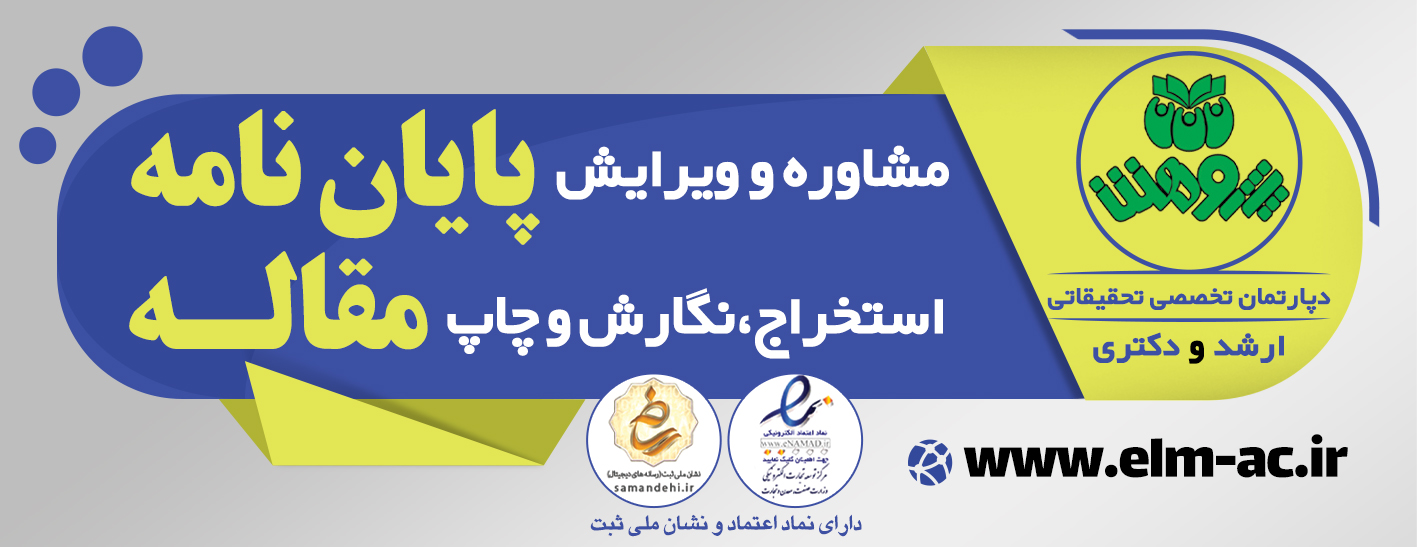
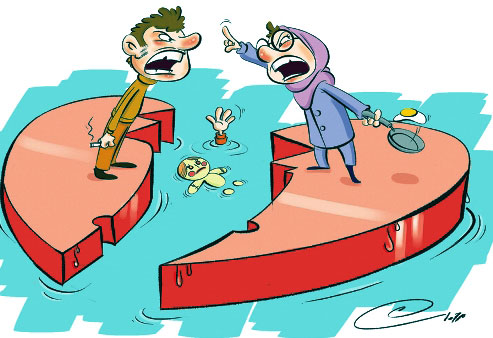

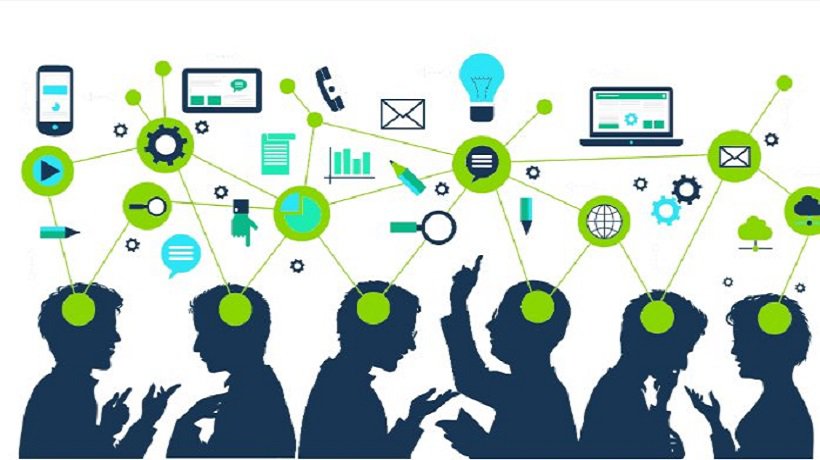




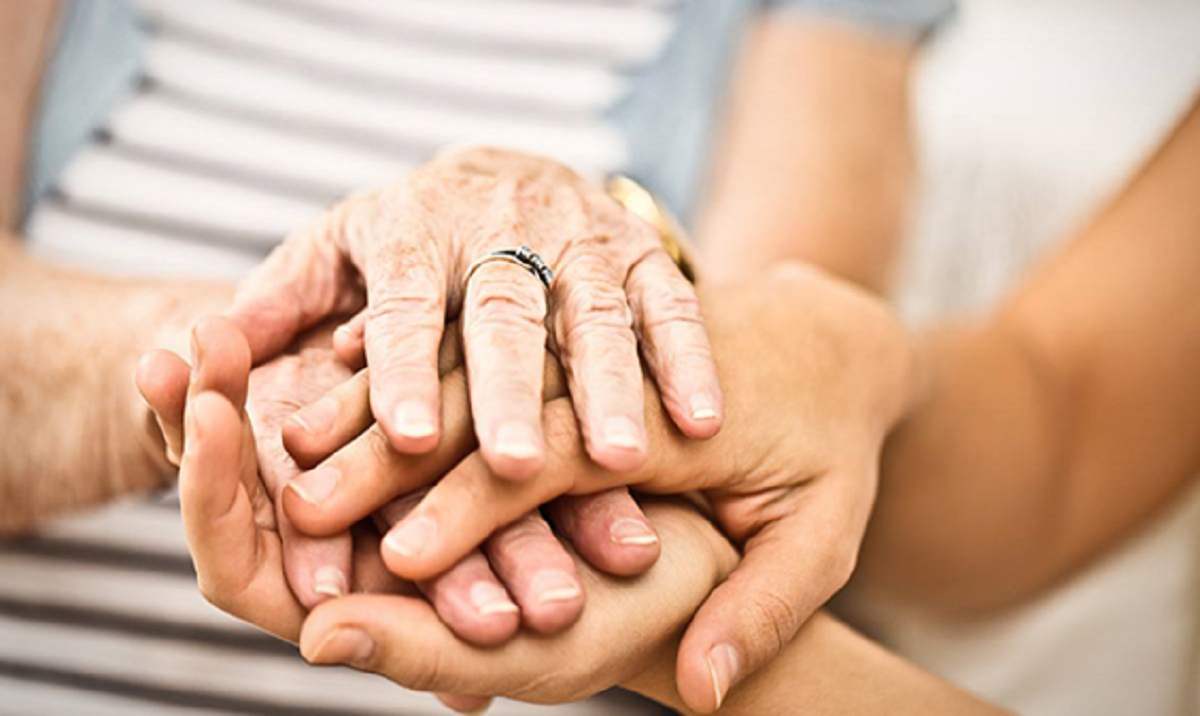
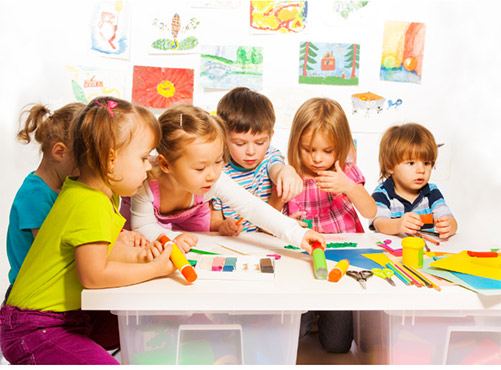
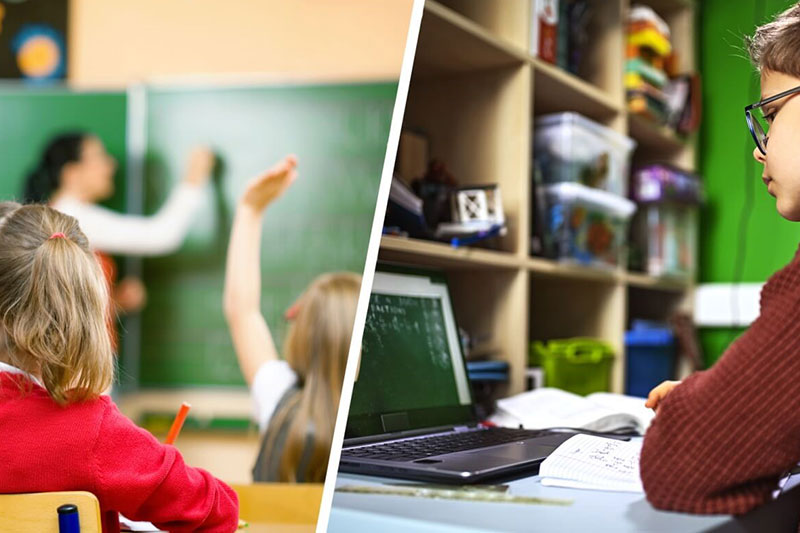
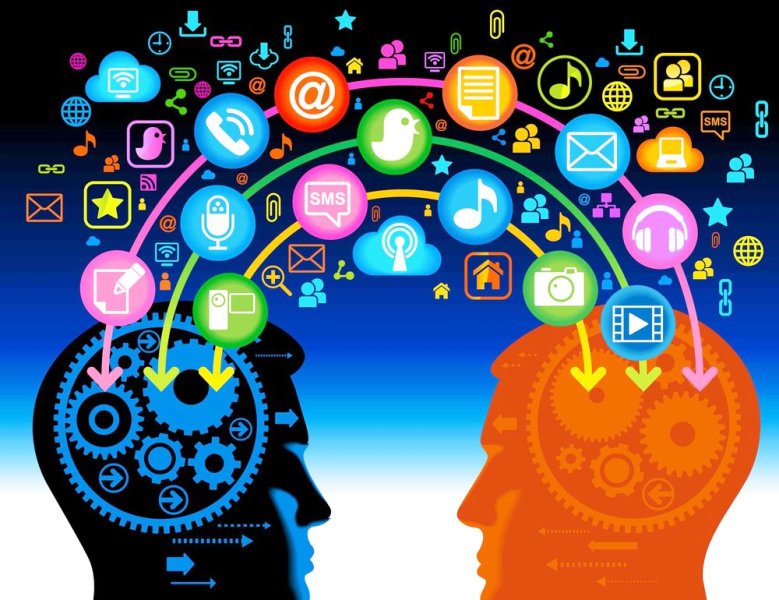

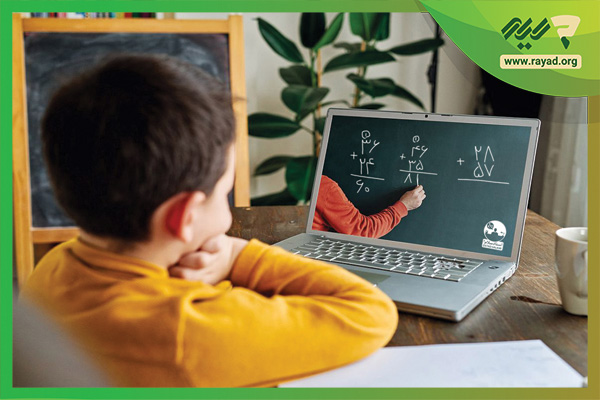
000000000.jpg)

